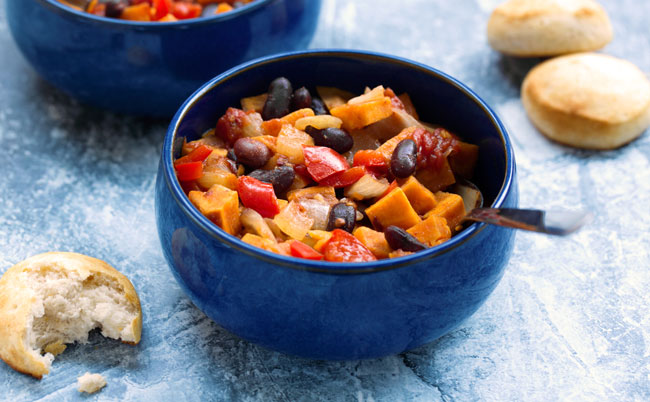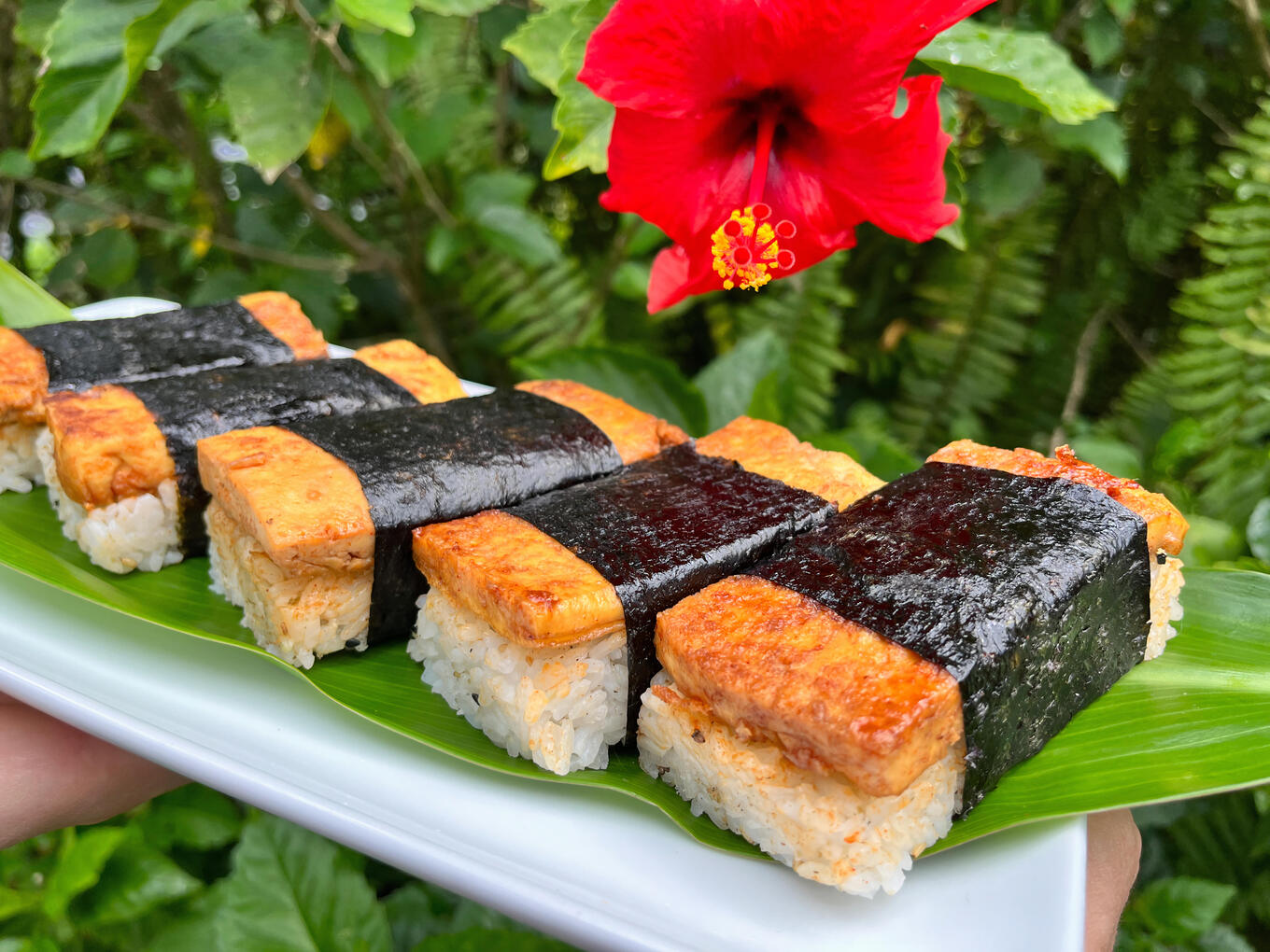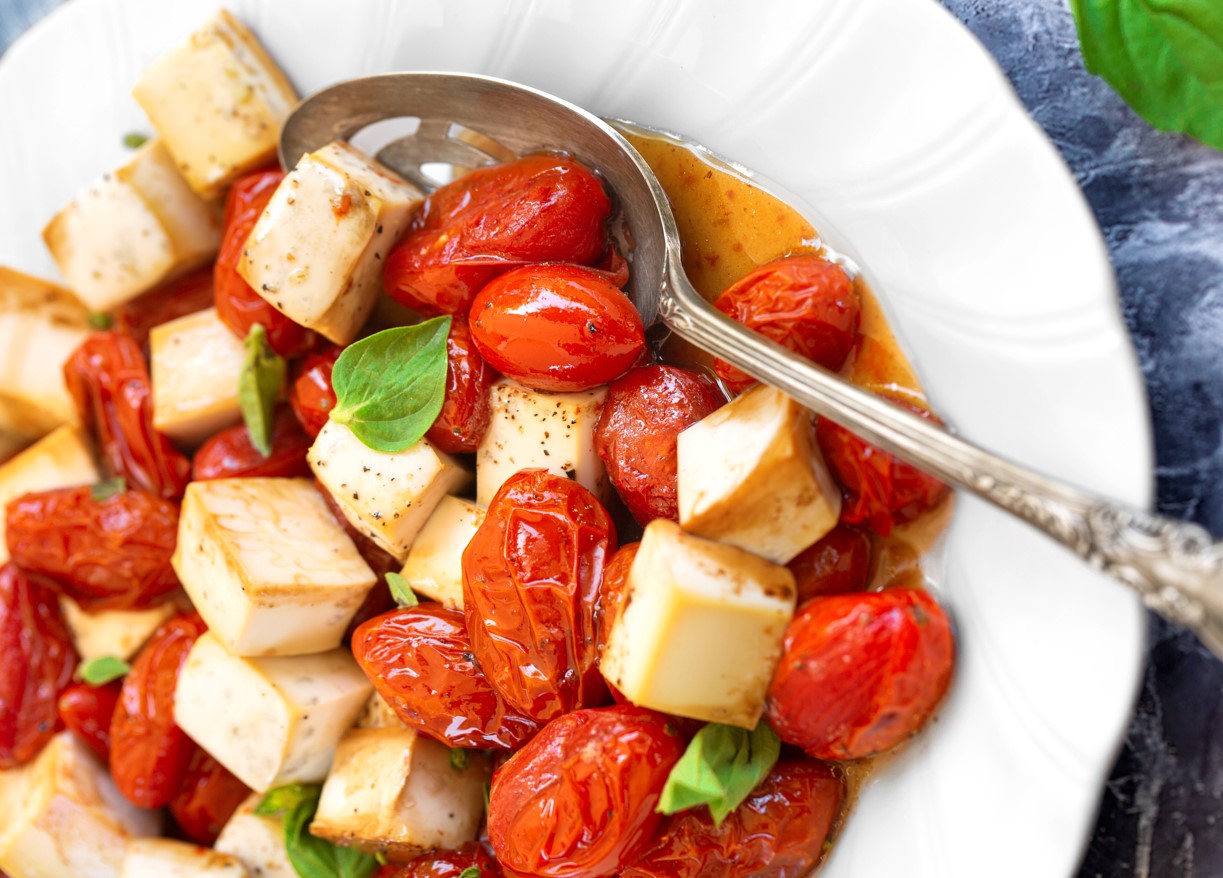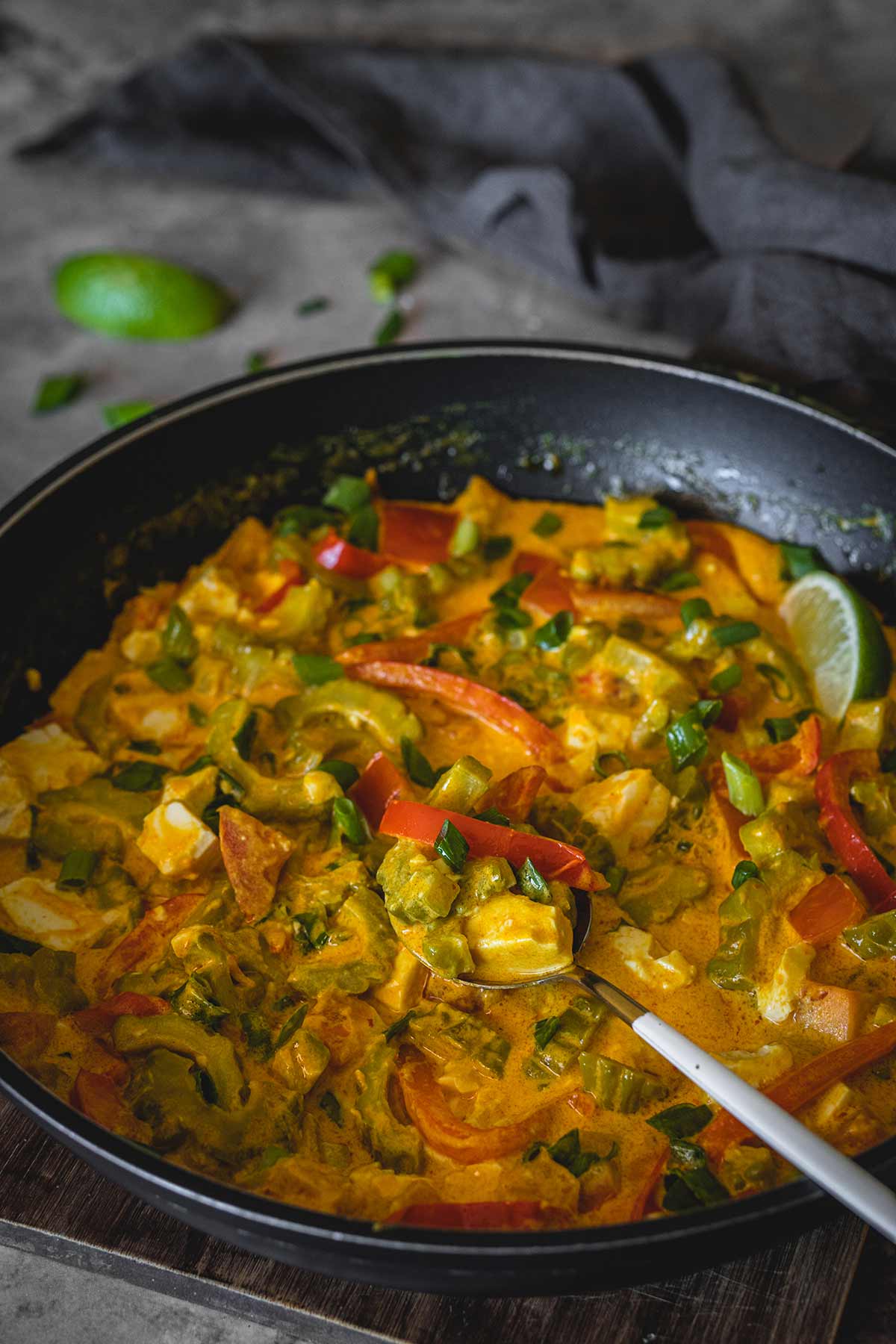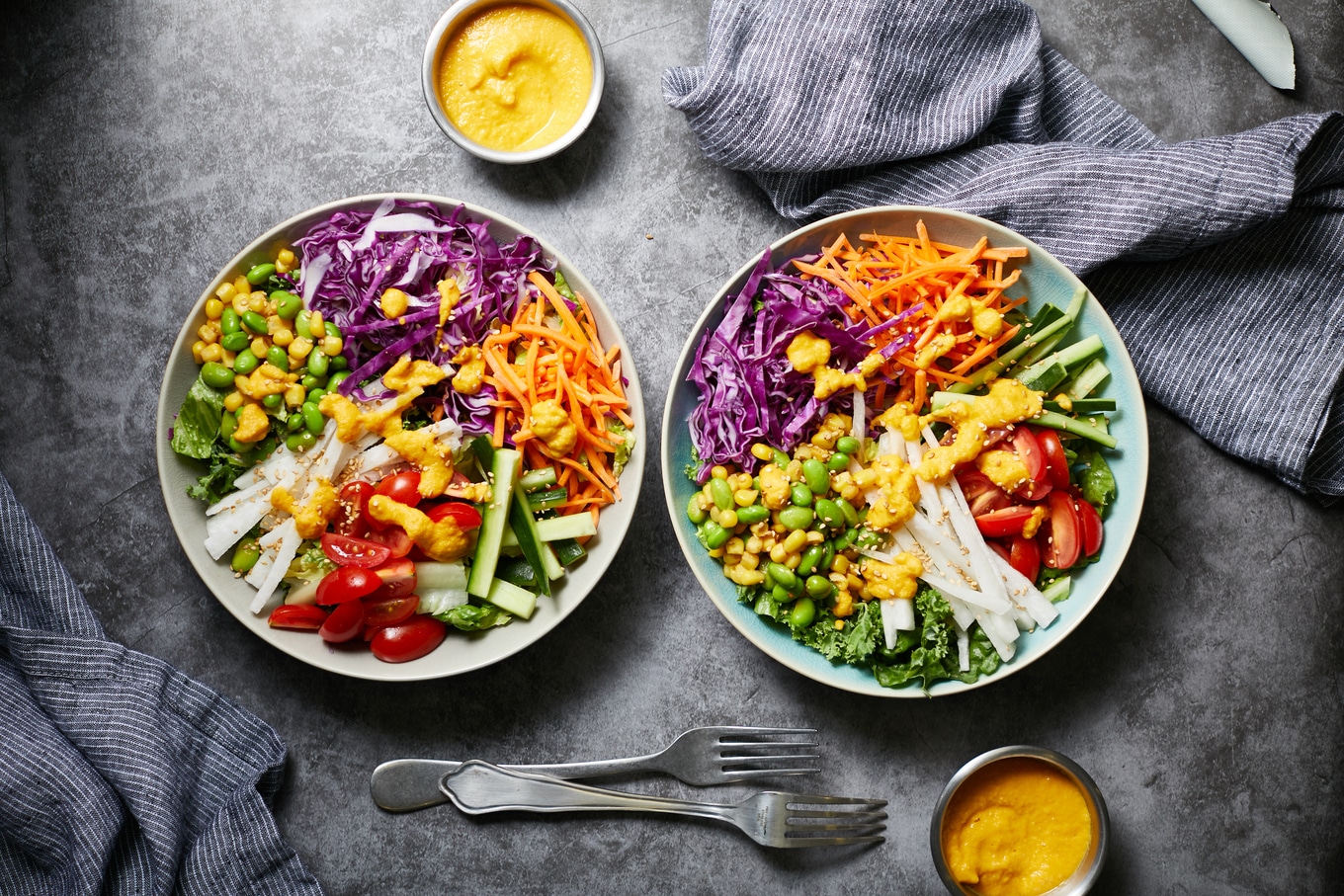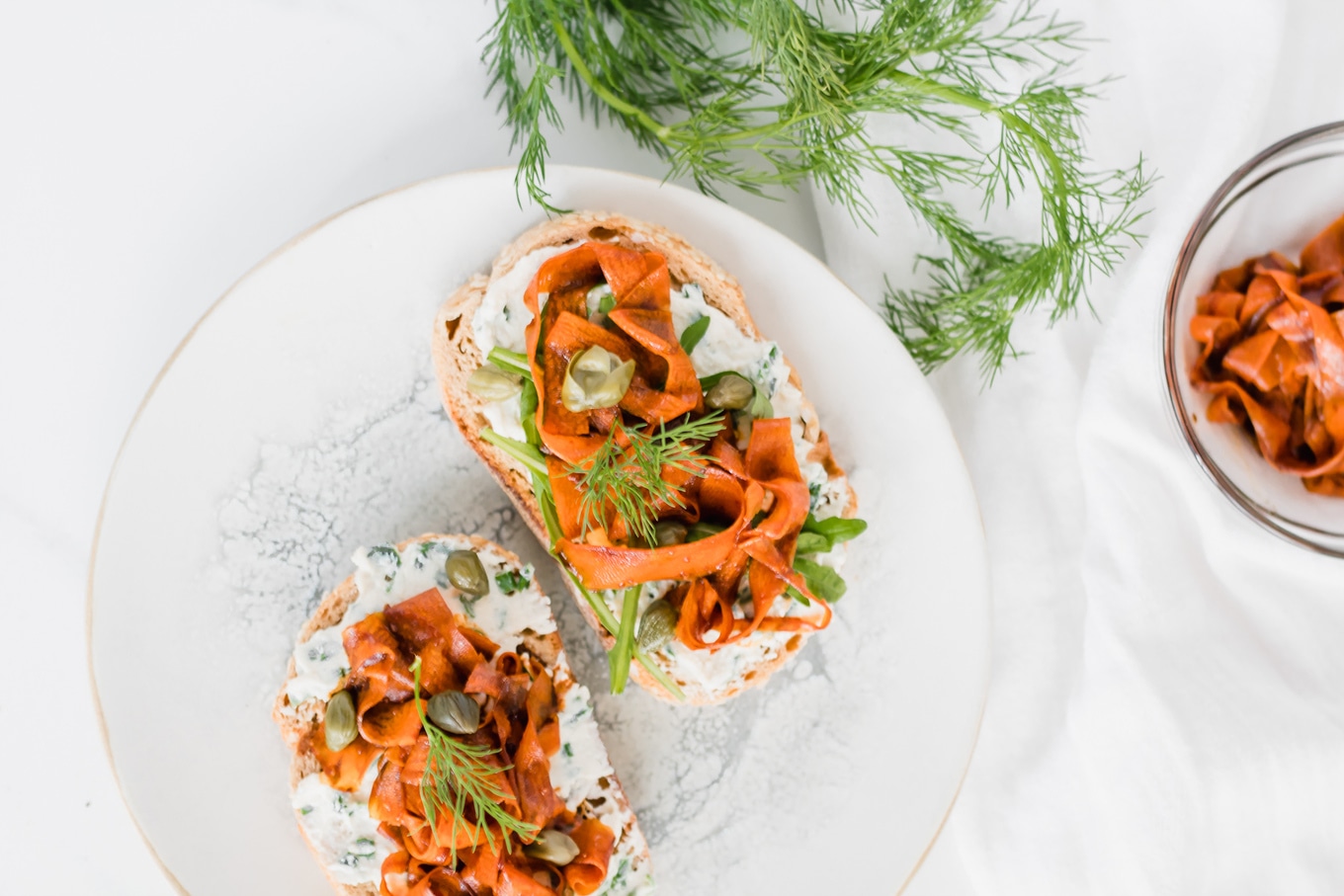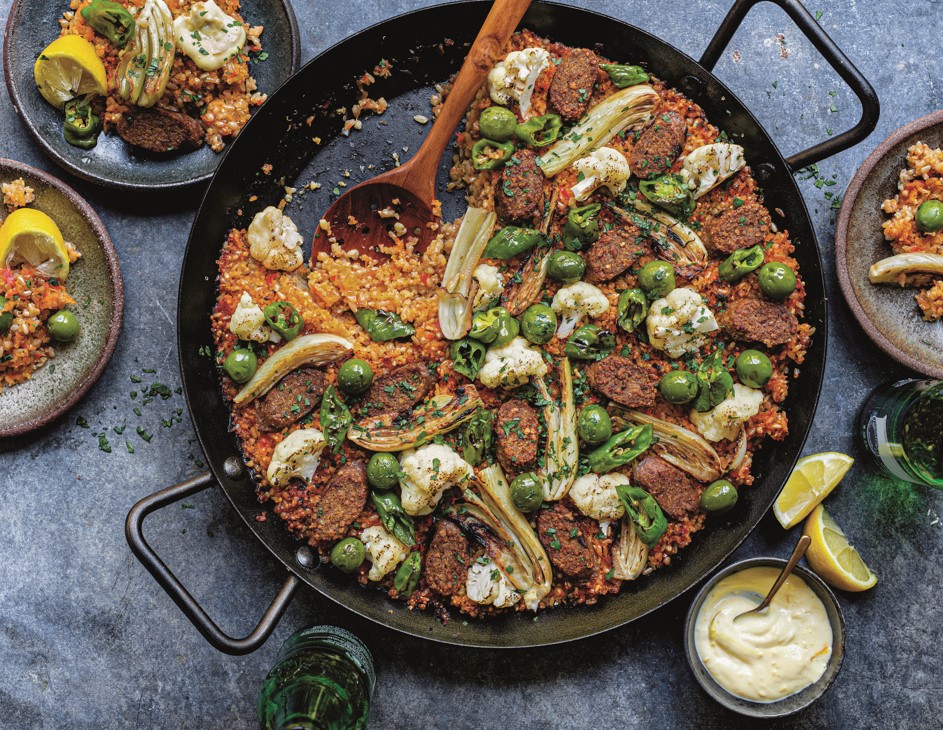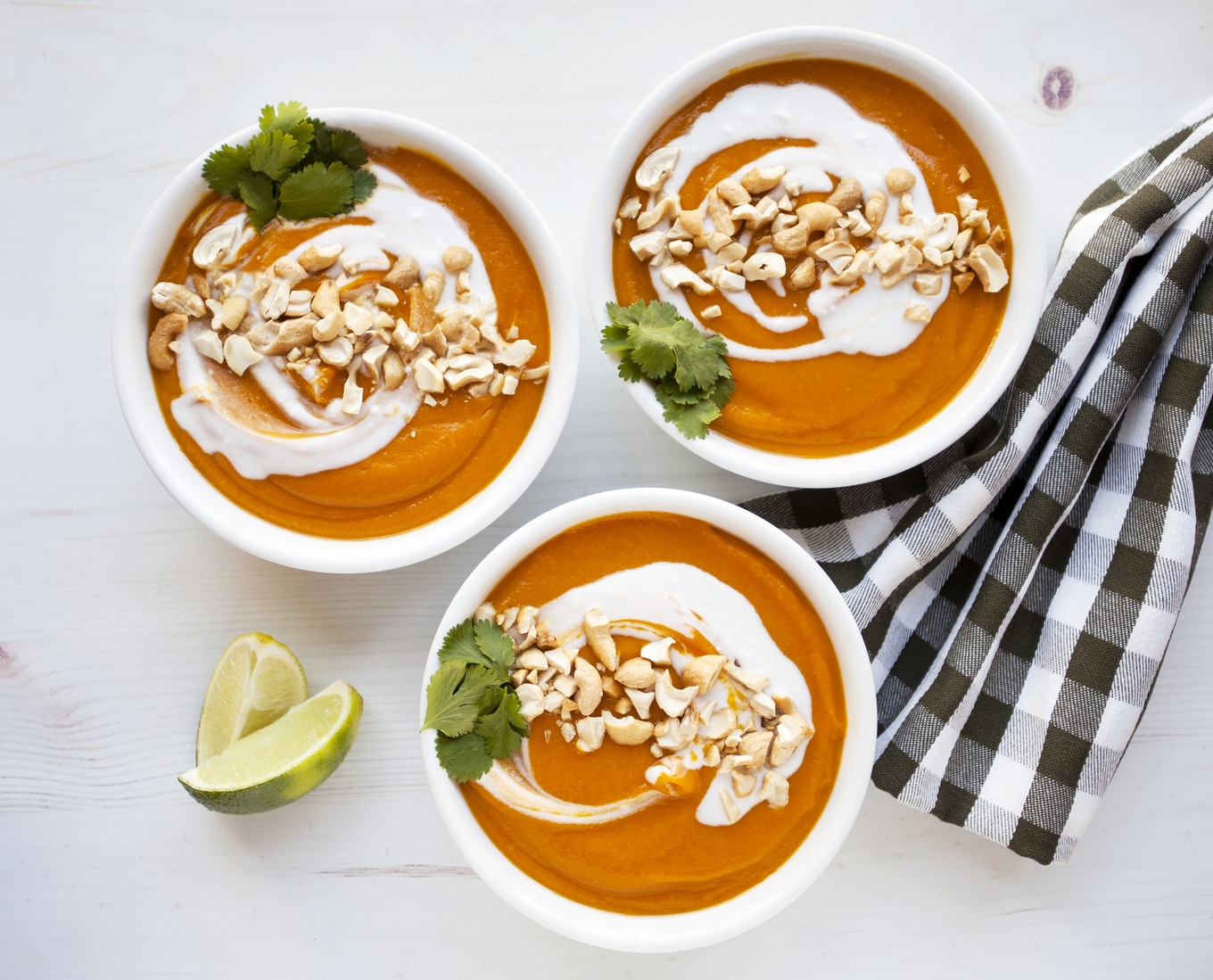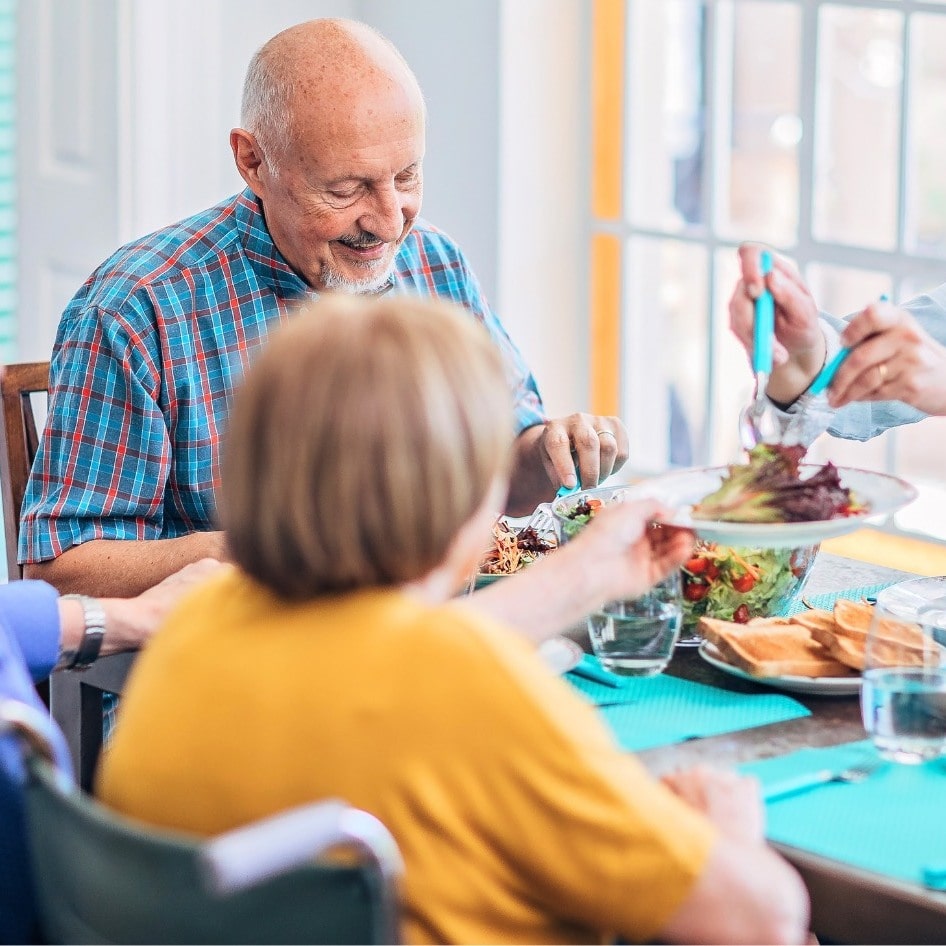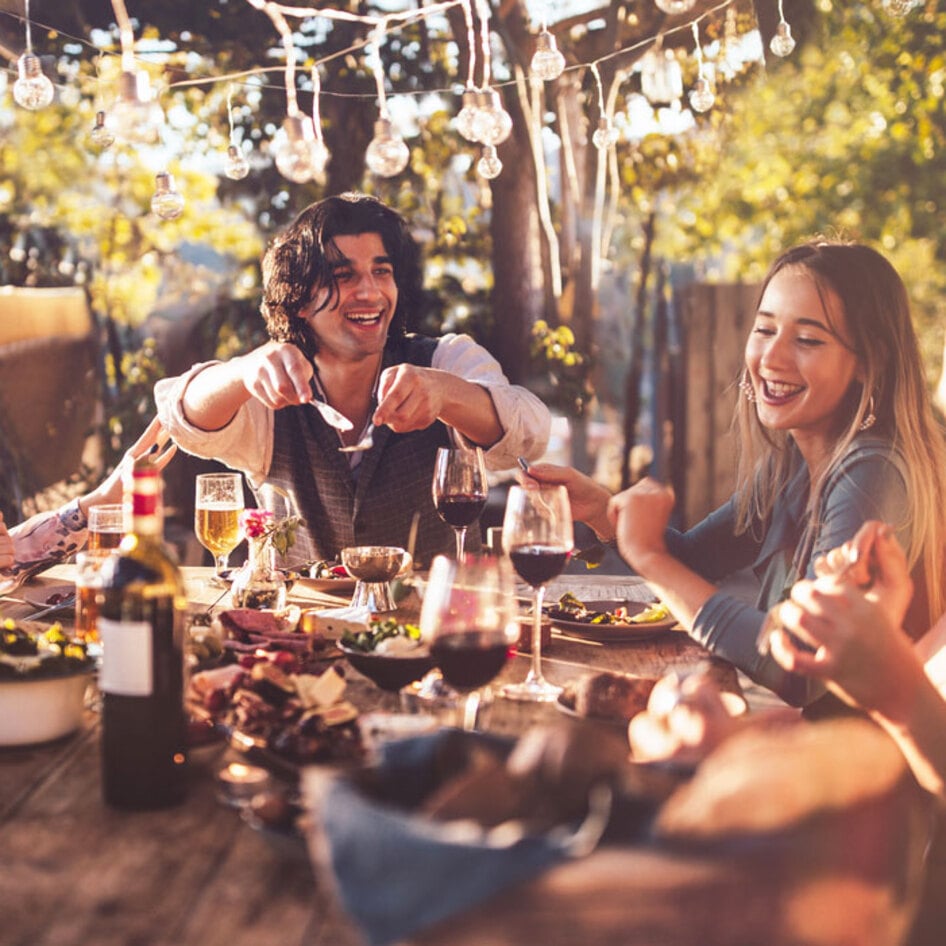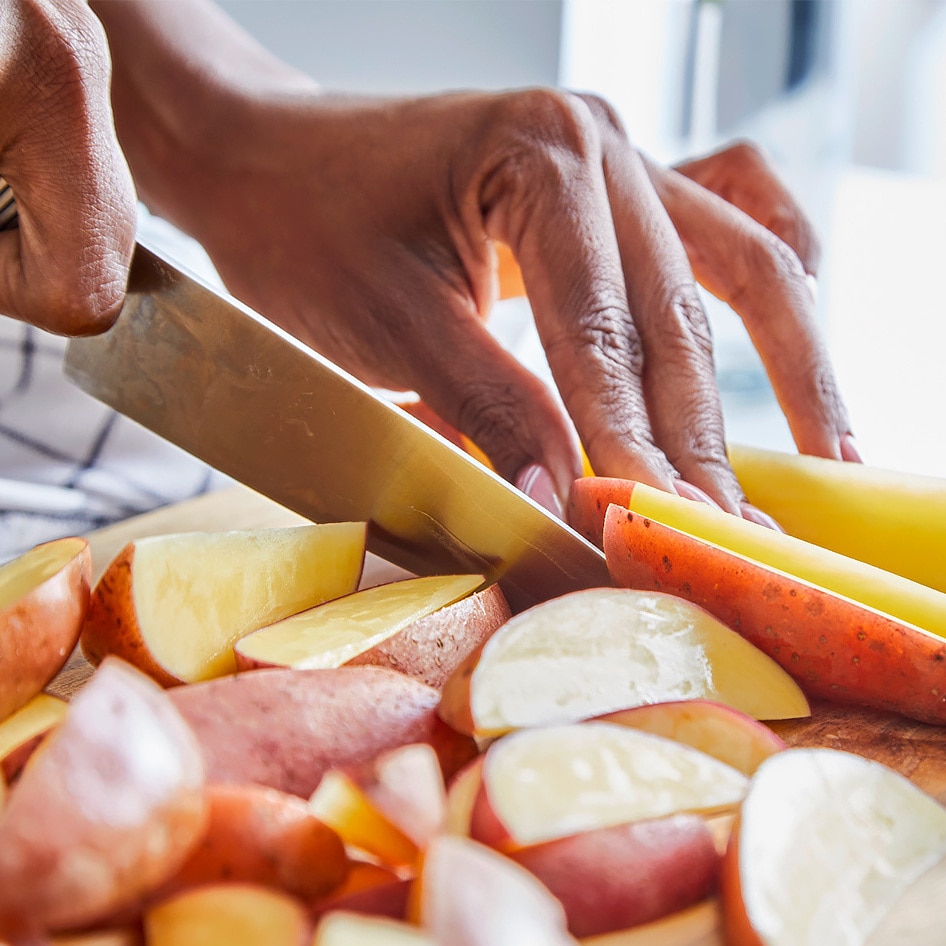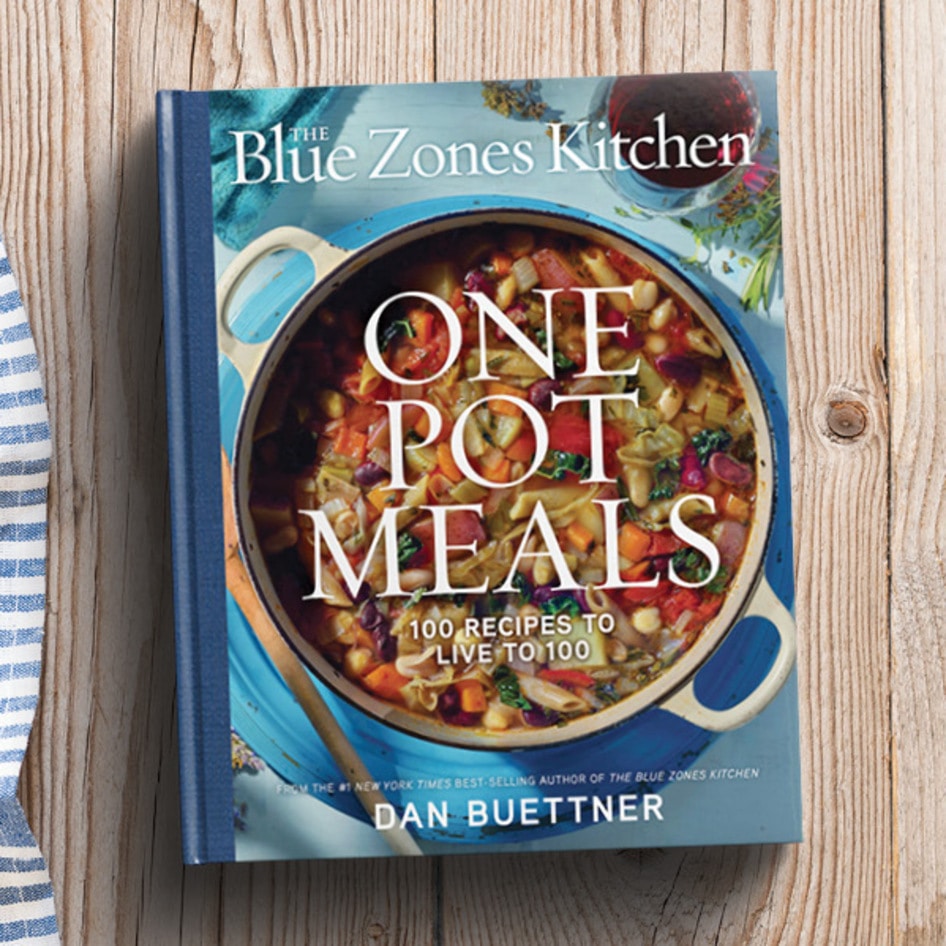From the outside, Okinawa looks like paradise. But this Japanese island with stunning white sand, crystal clear water, and mangrove jungles has been through a lot. In 1945, the immensely bloody Battle of Okinawa brought devastation to the shores of this picturesque island. But to this day, the environment and the people remain resilient. In fact, Okinawa might just be home to the most resilient people in the world. The island is renowned for having one of the highest concentrations of centenarians on Earth, and, it turns out, this might have a lot to do with diet, as well as resistance to the Western influence that has tried to penetrate the Okinawan way of life since the end of World War II.
Why do Okinawans live so long?
After the Battle of Okinawa, the island was placed under American administration. This period brought with it many changes, including exposure to a new way of eating. There was an increase in the consumption of foods that were distinctly American, such as refined sugars and fats. But still, many aspects of the traditional Okinawan diet remained. And those who stuck to this way of eating, it seems, have reaped some serious health benefits.
Okinawa is a designated Blue Zone, which means it is a longevity hotspot. In the US, heart disease and cancer are two of the leading causes of death. But in Okinawa, there are six to 12 times fewer heart disease deaths, two to three times fewer colon cancer deaths, and seven times fewer prostate cancer deaths, according to the official Blue Zones organization. The risk of dying from breast cancer is also 5.5 times lower.
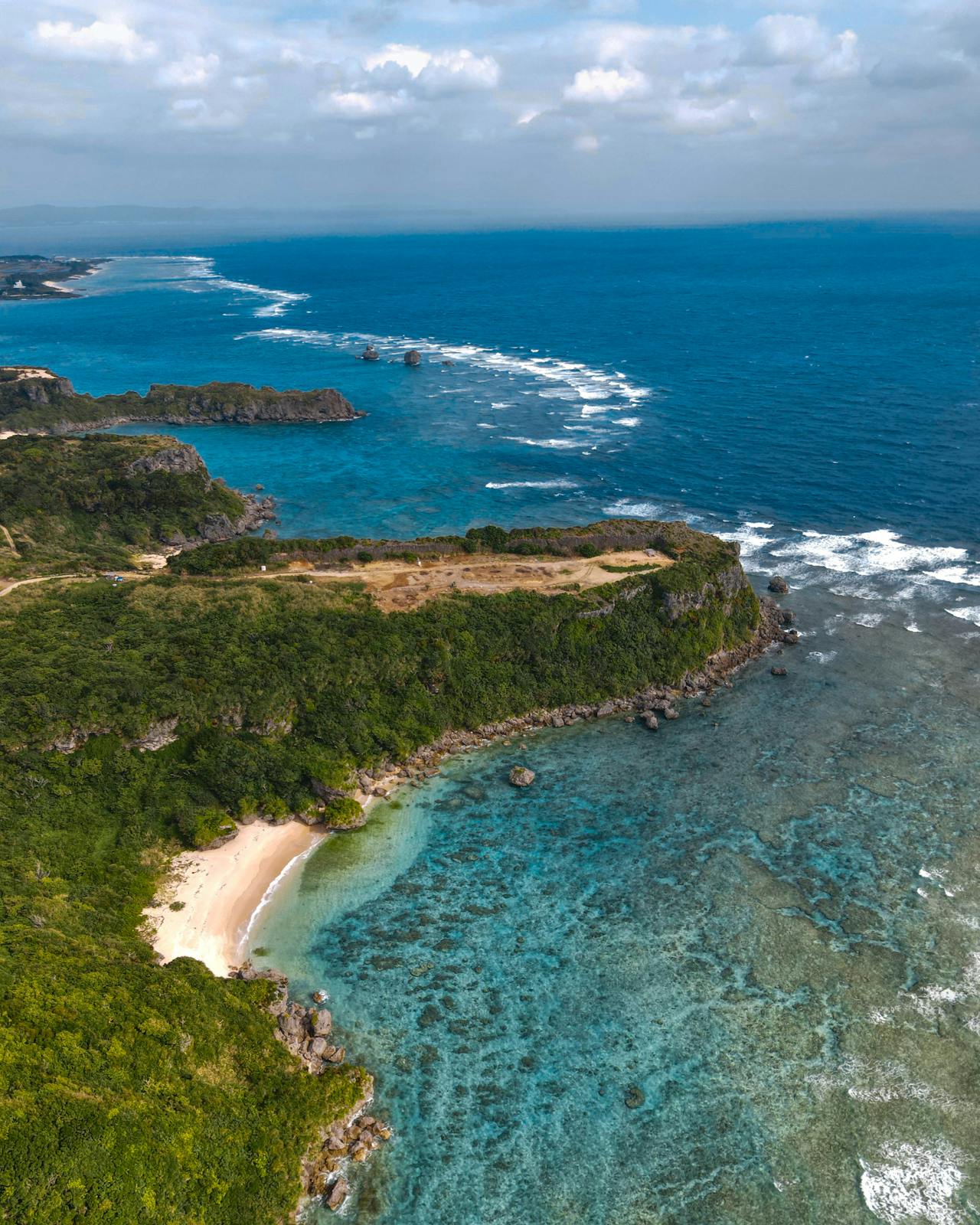 The island of Okinawa | Pexels
The island of Okinawa | Pexels
According to the Blue Zones, there are likely a few factors behind this. Okinawans move naturally and regularly, they have a purpose and a faith, they have strong social connections, they have effective ways to destress, and they only eat until they are 80 percent full. In fact, in Okinawa, people often say the mantra “Hara hachi bu” before they eat, which is a reminder not to overdo it when tucking into a meal.
On top of all of this, Okinawans eat a heck of a lot of plants, which are rich in vitamins, minerals, antioxidants, and fiber. In fact, less than one percent of their diet involves meat. Most of their daily intake comes from vegetables, beans, and fruit. As you’ll know if you’ve seen the Netflix documentary on the Blue Zones, habit is seen across the four other official longevity hotspots (yes, there are more!) in Loma Linda, CA in the US; Sardinia, Italy; Ikaria, Greece; and Nicoya, Costa Rica.
How to follow the Okinawan diet: 8 top longevity foods in Okinawa
In Okinawa, people eat a wide range of different plant-based, whole foods. In fact, “older Okinawans have eaten a plant-based diet most of their lives,” the official Blue Zones organization writes.
Below, we’ve picked a few of our favorite staples from the island, and highlighted their benefits and some of our go-to recipe ideas, too.
1 Sweet potato (purple or orange)
Purple sweet potatoes are particularly popular in Okinawa. They get their color from anthocyanins, which are potent antioxidants that help protect cells from potentially disease-causing damage created by free radicals. Orange sweet potatoes, on the other hand, get their color from beta-carotene, another powerful antioxidant that supports immune function, vision health, and skin health. Both types of sweet potato are a good source of fiber, vitamin C, and potassium.
Try it in a recipe: Sweet Potato Chili
2 Seaweed
Okinawa is an island, so it makes sense that the people who live there would make good use of seaweed. And it just so happens that marine algae is a great source of nutrients (it’s particularly high in iodine!) and antioxidants, too. It’s also rich in soluble fiber, which can help to lower cholesterol, and in turn, support heart health.
Try it in a recipe: Maple-Glazed Tofu Musubi
3 Tofu
Another popular food in Okinawa is tofu, which is not only an excellent source of plant-based protein, but it’s also low in fat and rich in nutrients, like fiber, calcium, iron, and magnesium. Tofu also contains phytoestrogens, called isoflavones, which, according to some research, may help to inhibit the growth of cancer cells.
Try it in a recipe: Quick and Easy Vegan Tofu Caprese
4 Bitter melon
Bitter melon, also known as bitter gourd or goya in Japan, is rich in vitamins, fiber, and antioxidants, but it’s also renowned for its potential to help regulate blood sugar. In fact, it contains compounds like charantin, polypeptide-p, and vicine, which have been shown to have anti-diabetic properties.
Try it in a recipe: Coconut Bitter Melon Curry With Tofu
5 Daikon radish
Daikon radish is a common ingredient across Japan. Because it’s high in fiber, it’s beneficial for digestive health, but research suggests it’s also anti-inflammatory. It also contains compounds like glucosinolates, which may support liver function and enhance the body’s natural detoxification processes.
Try it in a recipe: Japanese-Inspired Rainbow Salad
6 Carrots
Carrots are, of course, an excellent source of vitamin C, but they have many other benefits, too. They also contain beta-carotene, as well as vitamin K1, vitamin B6, potassium, and biotin. And they’re also a great source of dietary fiber, too.
Try it in a recipe: Carrot Lox Toast With Herbed Cheese
7 Millet
Millet is grown in Okinawa, so it’s no surprise it’s a dietary staple there. The grain is incredibly nutritious, and is particularly high in carbohydrates, fiber, protein, and B vitamins, as well as minerals like magnesium, manganese, and iron. It also contains antioxidants such as phenolic compounds and flavonoids, too.
Try it in a recipe: Mixed Grain Vegetable Paella
8 Turmeric
Okinawan people consume turmeric in many different ways—it can be eaten or drunk in tea, for example. But however it’s consumed, this bright yellow spice is always teeming with nutrients. For example, curcumin (the active compound in turmeric) has particularly potent anti-inflammatory properties, and it’s also a powerful antioxidant, too.
Try it in a recipe: Vegan Carrot Ginger Turmeric Soup
For more plant-based stories like this, read:
JUMP TO ... Latest News | Recipes | Guides | Health | Subscribe


